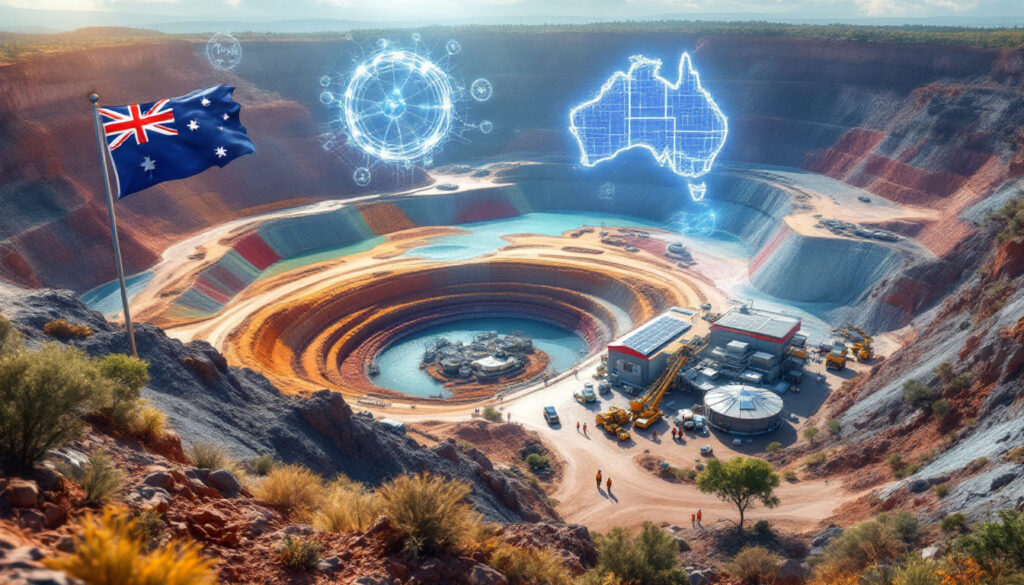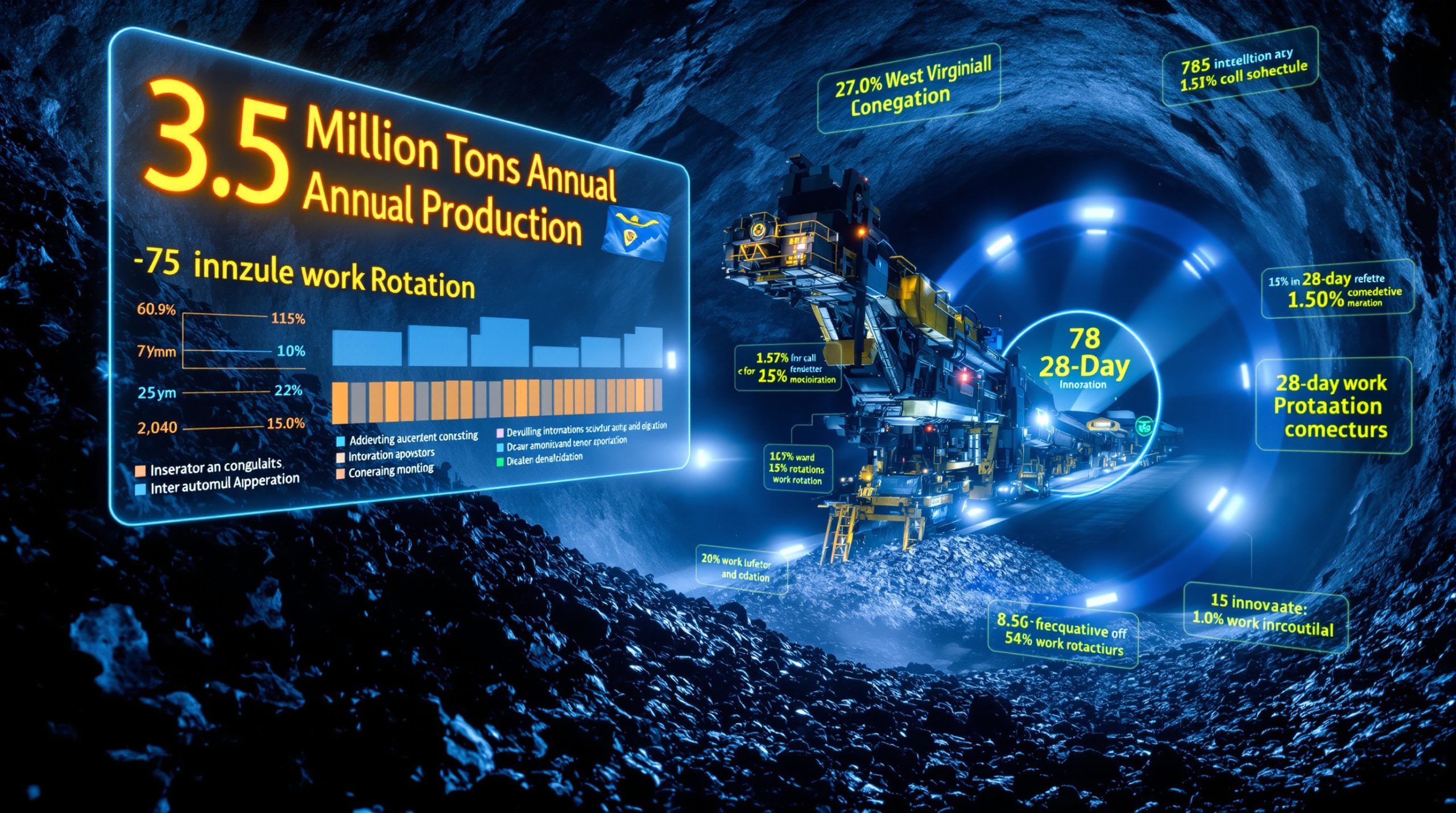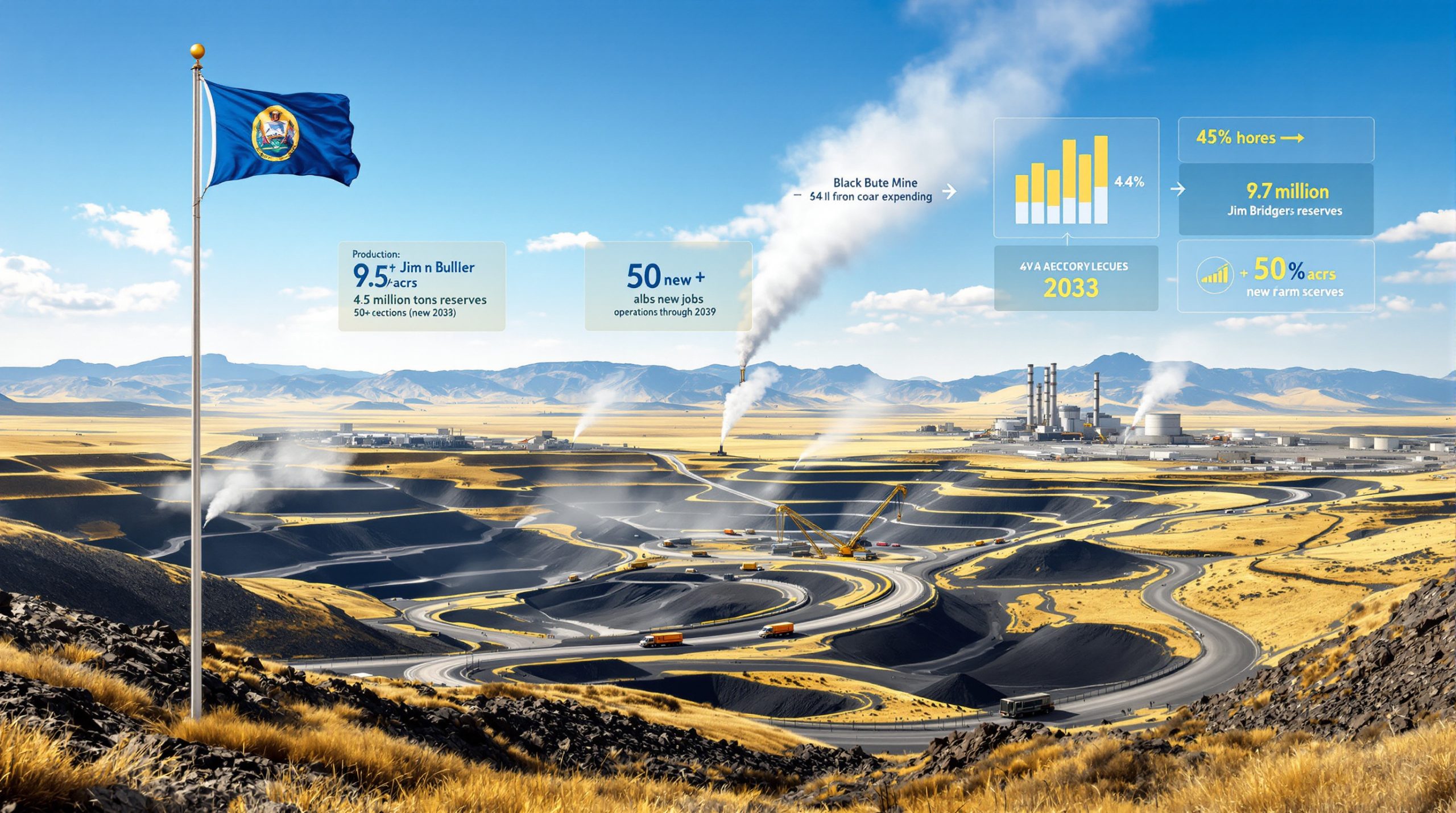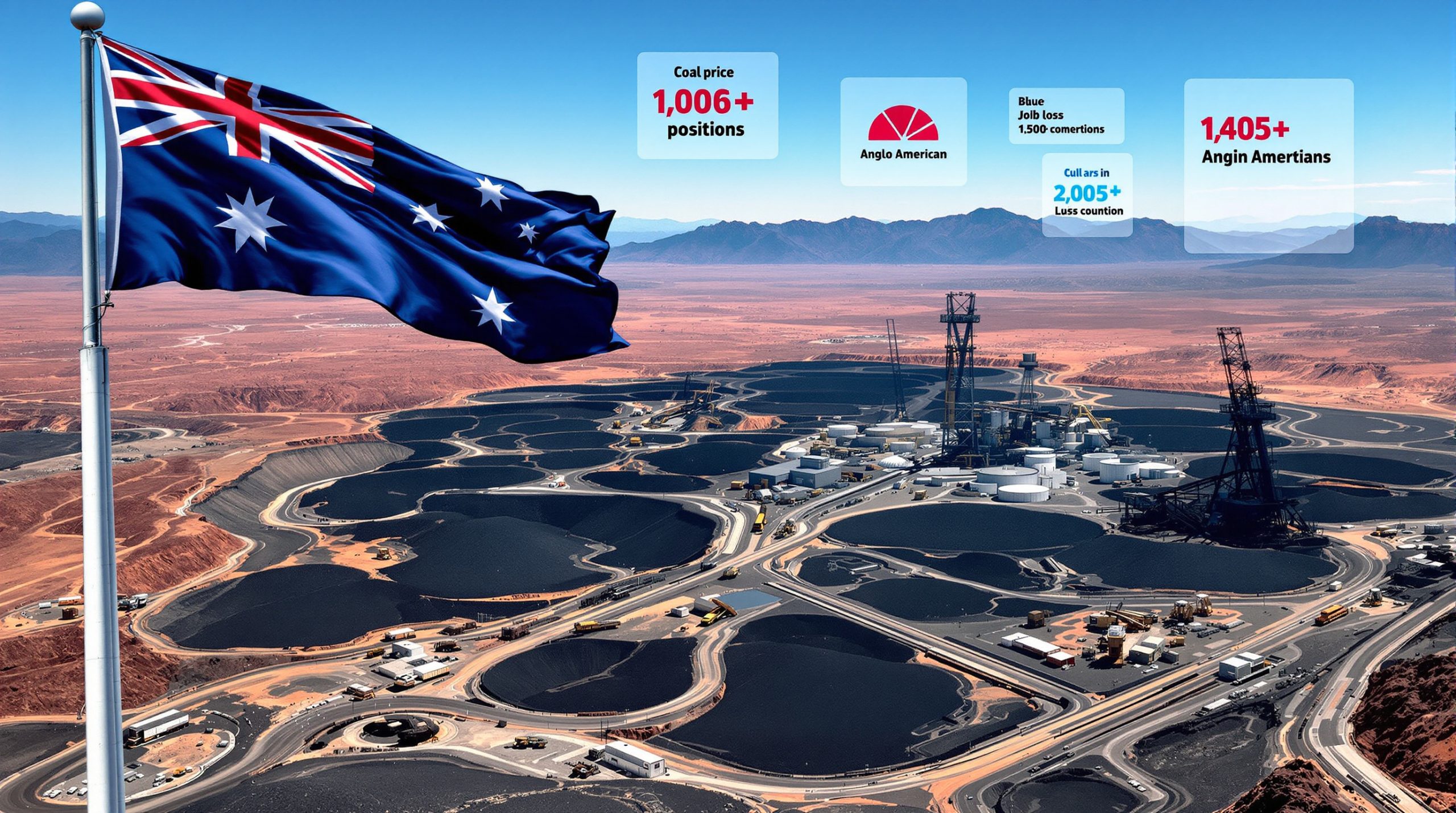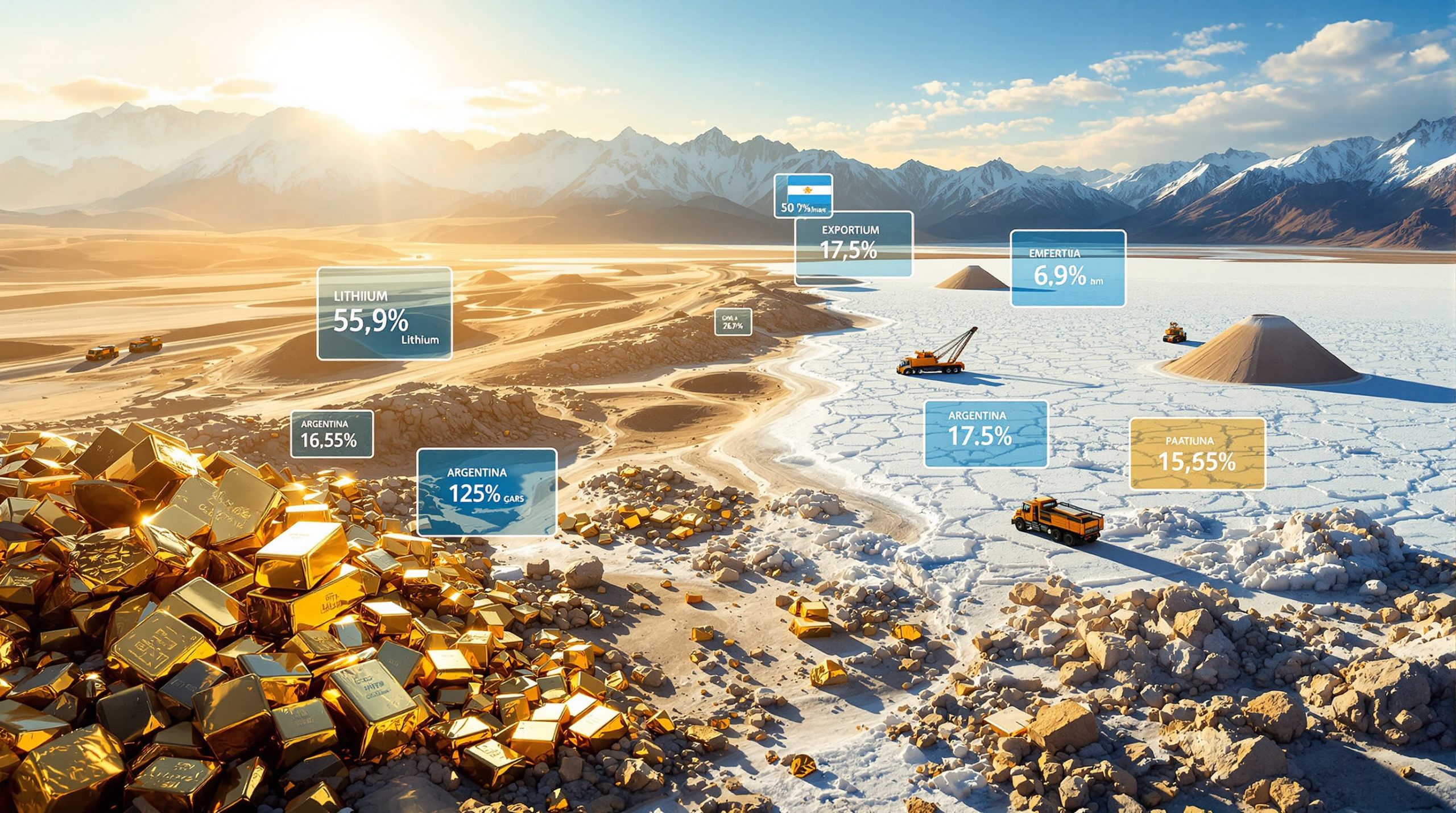The Strategic Importance of NSW's Critical Minerals Initiative
Australia's resource landscape is evolving beyond traditional mining as New South Wales positions itself at the forefront of critical minerals exploration. The state government has launched a comprehensive initiative to identify and develop vital mineral resources that were previously overlooked or discarded as waste from historical mining operations.
Why Critical Minerals Matter to Australia's Future
Critical minerals such as copper, cobalt, and rare earth elements form the backbone of modern technologies driving the global critical minerals transition. These elements are essential components in solar panels, wind turbines, electric vehicle batteries, and defense systems.
Global demand for these minerals is projected to grow by 500% by 2050, creating significant economic opportunities for regions with accessible deposits. NSW's unique geological formations, particularly in historic mining regions like Broken Hill and Cobar, provide the state with a natural competitive advantage in this growing market.
The renewable energy transition alone is expected to drive a 40-fold increase in lithium demand and a 25-fold increase in rare earth elements consumption by 2040, making these resources strategically vital for Australia's economic future.
The NSW Government's Long-Term Vision
The NSW Critical Minerals and High-Tech Metals Strategy 2024–35 represents a decade-long commitment to developing sustainable supply chains for these essential resources. This comprehensive approach aims to position NSW as a reliable global supplier while creating lasting economic benefits for regional communities.
Minister for Natural Resources Courtney Houssos emphasized that "more exploration means more jobs and investment in regional NSW," highlighting the strategy's focus on regional development through resource diversification.
The government's vision extends beyond simple extraction to include the development of processing capabilities and manufacturing industries, creating higher-value economic activities throughout the supply chain.
How Mine Waste Is Revealing Hidden Mineral Treasures
One of the most innovative aspects of NSW's approach is the systematic analysis of mine waste and tailings—materials that were previously considered worthless byproducts of historical mining operations.
Advanced Scientific Analysis Techniques
The Geological Survey of NSW (GSNSW) is employing cutting-edge scientific methods that were unavailable when many of these mines were originally operational. These include:
- High-precision chemical analysis capable of detecting trace mineral concentrations as low as 0.1%
- Portable X-ray fluorescence (pXRF) technology for rapid field assessment
- Laser-induced breakdown spectroscopy (LIBS) for real-time elemental analysis
- Advanced spectral imaging to identify mineral signatures in tailings deposits
These technologies allow scientists to detect valuable minerals that were impossible to identify with earlier methods, effectively turning yesterday's waste into tomorrow's resources.
The Mine Reuse Project's Impressive Results
The scale of the sampling program is remarkable: scientists have collected and analyzed over 1,200 samples from 28 current and former mine sites across NSW. This extensive sampling has yielded significant discoveries:
- Gold concentrations of 1.2–3.8 g/t in Mineral Hill tailings, well above the economic threshold of 1 g/t
- Tin concentrations of 0.5–1.2% at the historical Ardlethan mine
- Economically viable concentrations of 11 different critical minerals and high-tech metals
These findings demonstrate the substantial potential for resource recovery from materials previously considered worthless, creating new economic opportunities without the environmental impacts of new mine development.
Where Are These Critical Minerals Being Found?
The GSNSW program has identified promising deposits across multiple mining regions in NSW, with particularly notable results from both active operations and historical sites.
Active Mining Operations Under Investigation
Several operational mines are participating in the critical minerals assessment program, with promising results:
- Peak Gold Mine: Analysis revealed elevated concentrations of cobalt (0.4%) and silver (12 g/t) in tailings materials
- Tritton Copper Mine near Cobar: Copper concentrations exceeding 2.5% in waste rock, significantly above the global economic threshold of 0.5% for open-pit mining
- RASP and Southern Operations near Broken Hill: Rich in zinc, lead, and silver, with emerging potential for rare earth elements
- Stratford Mine in the Upper Hunter: Coal washery waste showing recoverable levels of gallium and germanium
These findings indicate that even active mining operations may be overlooking valuable minerals in their waste streams, creating opportunities for supplementary recovery operations.
Historical Mining Sites With New Potential
Some of the most promising results have come from historical mining locations that ceased operations before modern detection methods were available:
- Queen Bee, Great Cobar, and Nymagee in the far west: High-grade copper (1.8%) and rare earth elements (0.3% neodymium)
- Endeavour Elura and Endeavour McKinnons in the central west: Significant antimony (4.1%) in legacy tailings
- Mineral Hill Mine: Gold concentrations of 1.2–3.8 g/t identified in historic tailings
- Ardlethan Mine in the Riverina: Tin deposits with concentrations between 0.5–1.2%, economically viable with current processing technologies
These historical sites represent a unique opportunity to create new economic activity in traditional mining regions without the environmental impact of new mine development.
What Critical Minerals Have Been Identified?
The comprehensive analysis has revealed significant concentrations of several valuable minerals essential for emerging technologies and the renewable energy transition.
The 11 Key Critical Minerals Found
The survey has identified economically viable concentrations of 11 critical minerals and high-tech metals:
- Copper (Cu): Essential for electrical conductivity in renewable energy systems
- Cobalt (Co): Key component in lithium-ion batteries
- Silver (Ag): Used in photovoltaic cells and electronic components
- Antimony (Sb): Critical for flame retardants and batteries
- Tin (Sn): Essential for solder in electronics
- Tungsten (W): Used in specialized alloys and industrial applications
- Bismuth (Bi): Growing importance in pharmaceutical and electronic applications
- Gallium (Ga): Essential for semiconductors and LED technology
- Indium (In): Critical for touchscreens and photovoltaic cells
- Rare Earth Elements (REEs): Vital for permanent magnets in wind turbines and electric vehicles
- High-Purity Alumina (Al₂O₃): Used in advanced ceramics and battery separators
Each of these minerals plays a crucial role in technologies driving the global energy transition, making them increasingly valuable as demand grows.
Comparing Mineral Concentrations to Economic Thresholds
What makes these findings particularly significant is that many of the mineral concentrations exceed current economic extraction thresholds:
- Copper concentrations at Tritton (2.5%) surpass the global economic threshold of 0.5% for open-pit mining
- Gold in Mineral Hill tailings exceeds the 1 g/t cutoff generally considered profitable for reprocessing
- Antimony levels at Endeavour McKinnons (4.1%) are significantly above global average grades of 1-2%
"These concentrations are remarkable because they demonstrate that what was once considered waste now represents a viable economic resource due to both improved extraction technologies and increased market demand," notes Dr. James Collins, Senior Geologist at GSNSW.
This economic viability is crucial, as it transforms theoretical mineral occurrences into practical opportunities for resource recovery and regional development.
How NSW Is Positioning Itself as a Critical Minerals Hub
The NSW government's strategic approach extends beyond simply identifying mineral resources to creating an integrated ecosystem for critical minerals development.
Current Exploration Activities
The state already hosts 190 critical minerals exploration titles, reflecting substantial industry interest in NSW's mineral potential:
- Major mining companies like Rio Tinto and BHP are investing in advanced processing technologies specifically for mine waste recovery
- The state's $500 million Critical Minerals Activation Fund supports pilot projects and technology development
- Exploration activity has increased by 35% since 2022, with particular focus on the state's central and western regions
This exploration activity complements the mine waste analysis project by identifying additional resource opportunities while leveraging existing infrastructure and mining expertise.
Economic Benefits for Regional Communities
The economic impact of this initiative could be transformative for regional NSW:
- The strategy is projected to generate 5,000 direct and indirect jobs by 2030
- Downstream processing facilities create higher-value employment opportunities
- Regional communities like Cobar and Broken Hill stand to benefit significantly from renewed mining activity
- The initiative could add an estimated $3 billion annually to NSW's economy through mining, processing, and manufacturing
Minister Courtney Houssos highlighted that the strategy creates "opportunities for downstream processing and manufacturing," reducing Australia's reliance on overseas refining and creating higher-value jobs in regional communities.
What Makes This Approach Environmentally Innovative?
The NSW critical minerals initiative represents a departure from traditional mining approaches, with significant environmental advantages over conventional extraction methods.
Sustainable Resource Recovery
By targeting mine waste for mineral recovery, the NSW initiative delivers several environmental benefits:
- Reduces the need for new land disturbance by utilizing already-mined materials
- Decreases the volume of existing mine waste, potentially mitigating environmental hazards
- Reprocessing tailings prevents an estimated 12 million tonnes of new waste generation annually
- The initiative aligns with NSW's Net Zero Plan by lowering carbon emissions compared to traditional extraction
This approach addresses historical mining legacies while creating economic value, demonstrating how environmental and economic goals can align in modern resource development.
Circular Economy Principles in Action
The mine reuse project exemplifies circular economy principles by transforming waste into resources:
- Recovers 95% of water used in reprocessing operations
- Converts remaining tailings into construction materials through innovative partnerships
- Maximizes resource value from existing mining footprints
- Creates closed-loop systems where waste becomes input for other industrial processes
"This initiative demonstrates how we can extract more value from our resources while reducing environmental impact—that's the essence of a circular economy," explains Professor Sarah Jenkins, environmental economist at the University of Sydney.
This circular approach represents a significant evolution in mining practices, potentially establishing new standards for resource development globally.
How Does This Initiative Support Global Supply Chains?
The global significance of NSW's critical minerals strategy extends beyond local economic benefits to address fundamental challenges in global supply chains.
Addressing Critical Mineral Supply Constraints
As global demand for critical minerals continues to grow, NSW's initiative helps address potential supply bottlenecks:
- NSW's copper reserves (estimated at 1.2 million tonnes) could meet approximately 15% of projected global demand by 2030
- The state's cobalt resources provide an alternative to ethically problematic supplies from the Democratic Republic of Congo
- Rare earth element deposits reduce dependence on China, which currently dominates global production
These alternative supply sources become increasingly important as manufacturing of renewable energy technologies and electric vehicles accelerates globally.
Reducing Dependency on Concentrated Supply Sources
Supply chain resilience has become a strategic priority for many nations, making NSW's resources increasingly valuable:
- Australia currently imports 90% of its rare earth elements from China, creating vulnerability to trade disruptions
- NSW's REE deposits could reduce this dependency to 60% by 2035
- Diversified supply sources reduce market volatility and pricing pressures
- Domestic processing capabilities enhance supply security for Australian manufacturers
By developing local critical mineral resources, Australia strengthens not only its own supply chain resilience but also contributes to global mineral security.
What's Next for Critical Minerals Exploration in NSW?
The initial success of the critical minerals initiative has created momentum for expanded efforts across multiple dimensions.
Expanding the Sampling Program
Building on promising early results, GSNSW plans to significantly expand its exploration program:
- Analysis of 500 additional sites planned by 2026, with particular focus on lithium and graphite potential in the New England region
- Development of more sophisticated in-situ testing methods to accelerate assessment
- Exploration of deeper tailings layers that may contain different mineral profiles
- Examination of waste rock dumps in addition to processed tailings
These expanded activities will provide a more comprehensive understanding of NSW's critical mineral resources while identifying the most promising opportunities for development.
Translating Discoveries into Development Projects
The next phase will involve converting mineral discoveries into viable development projects:
- Public-private partnerships like the $200 million Broken Hill Reprocessing Plant aim to commence operations by 2027
- Technology development focuses on reducing processing costs and improving recovery rates
- Streamlined regulatory frameworks to accelerate project approvals while maintaining environmental standards
- Integration with renewable energy projects to create sustainable processing operations
These development projects represent the crucial bridge between mineral discovery and economic benefit, transforming geological potential into tangible outcomes for regional communities.
FAQ: Critical Minerals Exploration in NSW
What are critical minerals and why are they important?
Critical minerals are elements essential for modern technologies, renewable energy systems, and defense applications. They're considered "critical" because of their economic importance combined with supply risks due to geopolitical factors, processing challenges, or limited geological occurrences.
For example, cobalt is essential for lithium-ion batteries but faces significant supply constraints and ethical concerns related to mining practices in the Democratic Republic of Congo, which produces over 70% of global supply.
How is NSW identifying these mineral resources?
GSNSW uses a multi-faceted approach to identify critical mineral resources:
- Advanced geochemical analysis of mine waste, prioritizing sites with historical high-grade production
- Portable X-ray fluorescence technology for rapid field assessment
- Laboratory analysis using inductively coupled plasma mass spectrometry (ICP-MS)
- Historical mining records to target sites with potential for overlooked minerals
- Collaboration with mining companies to access active operations and historical data
This comprehensive approach combines modern technology with historical knowledge to identify the most promising opportunities.
What economic opportunities does this create?
The critical minerals strategy could generate diverse economic benefits:
- The initiative could add an estimated $3 billion annually to NSW's economy through mining, processing, and manufacturing
- Creation of specialized processing facilities that produce higher-value products
- Development of technical expertise that can be exported globally
- Establishment of research centers focused on mineral processing innovation
- New manufacturing opportunities for products requiring secure mineral supplies
These opportunities extend far beyond traditional mining to encompass the entire value chain from extraction to finished products.
How does this approach differ from traditional mining?
This initiative represents a fundamental shift in resource development philosophy:
- It focuses on resource recovery rather than new extraction, reducing environmental impacts by an estimated 40%
- Utilizes existing disturbed land rather than expanding mining footprints
- Often operates at smaller scales with more specialized processing technologies
- Creates value from materials previously considered waste
- Typically involves lower capital investment than new mine development
This approach aligns with growing preferences for sustainable resource development while maintaining economic benefits.
What role will technology play in recovering these minerals?
Technological innovation is central to making critical mineral recovery economically viable:
- Bioleaching processes use microorganisms to extract metals from low-grade ores
- Hydrometallurgical techniques enable selective recovery of specific minerals
- Advanced sorting technologies separate valuable minerals more efficiently
- Digitalization and automation improve processing precision and reduce costs
- 3D geological modelling helps optimize resource recovery and planning
These technological advances continue to lower the economic threshold for mineral recovery, making previously unviable resources commercially attractive.
The NSW government's critical minerals exploration in New South Wales represents a forward-thinking approach to resource development that aligns economic opportunity with environmental responsibility. By focusing on previously overlooked resources in mine waste and tailings, NSW is positioning itself as a leader in sustainable critical minerals reserve supply—a crucial element in the global transition to clean energy technologies and advanced manufacturing.
Furthermore, the development of innovative waste management solutions and mine reclamation innovation approaches within this initiative demonstrates how modern mining practices can integrate environmental stewardship with economic development, creating a model for sustainable resource development worldwide.
Want to Spot the Next Major Discovery Before the Market Does?
Discovery Alert's proprietary Discovery IQ model instantly identifies significant mineral discoveries on the ASX, turning complex data into actionable investment opportunities for traders and investors. Explore why major discoveries can generate substantial returns by visiting Discovery Alert's dedicated discoveries page and position yourself ahead of the market.
